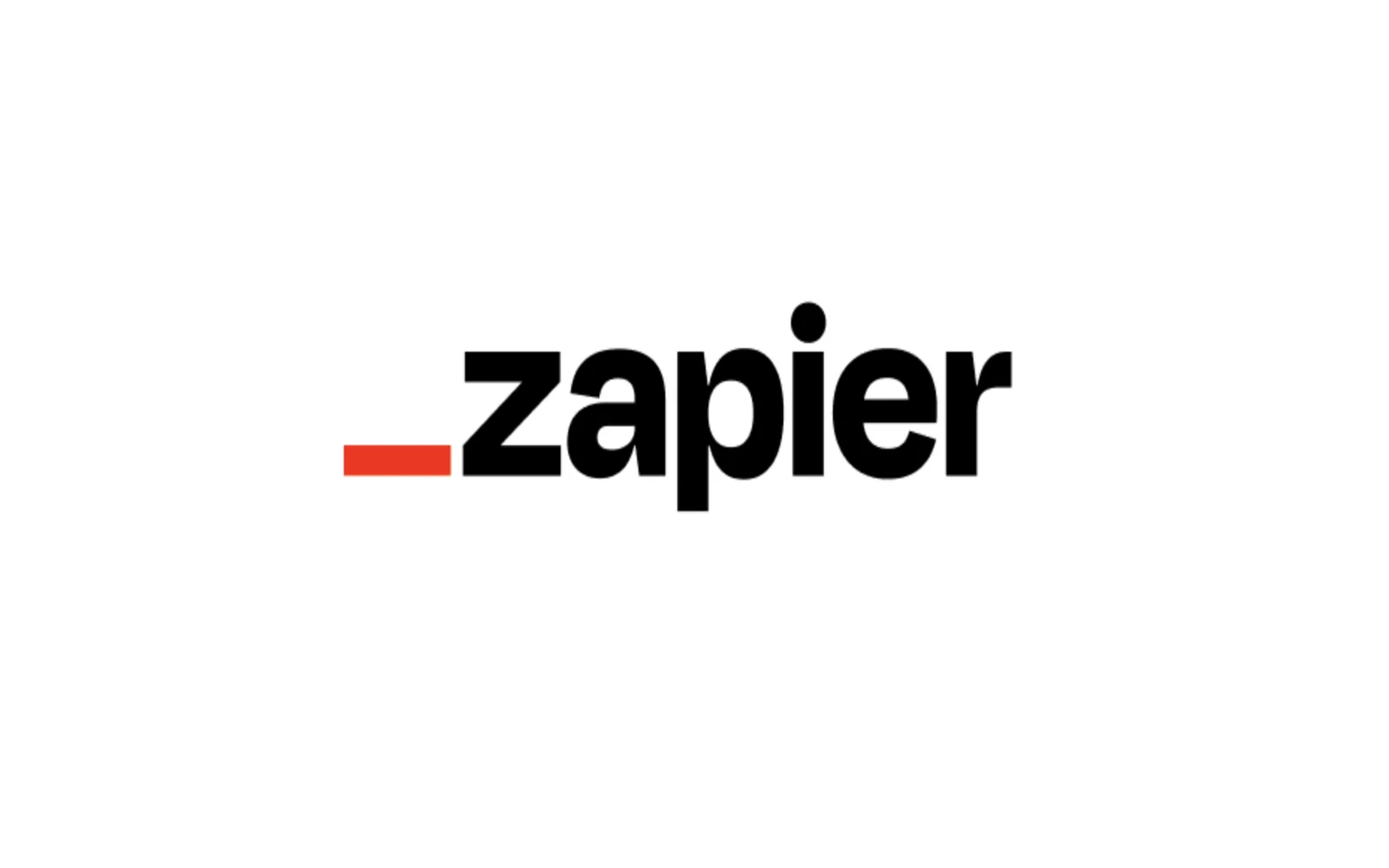Understanding Accessibility Tech
Accessibility tech plays a crucial role in enhancing productivity and ensuring that everyone has the tools they need to succeed in their work environments. For individuals with disabilities or those who simply want to optimize their workflow, accessibility tools can significantly simplify tasks, making it easier to manage content and projects. In this article, I’ll share the three essential tools I use to streamline my workflow and improve accessibility.
1. Screen Readers
Screen readers are vital for individuals with visual impairments. They convert text on a screen into spoken words, enabling users to navigate digital content effortlessly. One of the most popular screen readers is JAWS (Job Access With Speech), which provides a range of features to facilitate easier content management. The ability to read and interact with documents, emails, and web pages makes it an indispensable tool for many professionals.
Here's a quick comparison of popular screen readers:
| Screen Reader | Platform | Key Features |
|---|---|---|
| JAWS | Windows | High customization, extensive navigation options |
| NVDA | Windows | Free, open-source, lightweight |
| VoiceOver | Mac/iOS | Integrated with Apple devices, easy to use |
Using a screen reader has transformed how I manage content. It allows me to access emails, collaborate on documents, and navigate various software applications efficiently. This level of accessibility is essential in today’s fast-paced work environment where communication is key.
2. Speech Recognition Software
Speech recognition software has revolutionized the way I handle tasks that require extensive typing. With tools like Dragon NaturallySpeaking, I can dictate my thoughts and commands directly into my computer. This technology not only saves time but also reduces the physical strain associated with prolonged typing.
Here’s how speech recognition software can enhance productivity:
- Efficiency: Dictating text can often be faster than typing, allowing for quicker content creation.
- Accessibility: For those with mobility impairments, voice commands can replace mouse clicks and keyboard shortcuts.
- Integration: Many speech recognition programs integrate seamlessly with popular software like Microsoft Word and Google Docs, making it easy to implement into everyday tasks.
Creating content has never been easier, and I find that my ideas flow more freely when I speak them aloud. This tool is particularly beneficial during brainstorming sessions, allowing for a more dynamic exchange of ideas.
3. Project Management Tools
Effective project management is essential for keeping tasks organized and ensuring that deadlines are met. Tools like Trello and Asana offer accessible features that cater to a wide range of users. These platforms allow you to visualize your tasks and collaborate with team members seamlessly.
When it comes to managing content, here are some features that stand out:
- Visual Boards: Kanban-style boards help in visualizing project progress, making it easier to track tasks and deadlines.
- Integrations: These tools can connect with other applications, such as Google Drive and Slack, simplifying communication and file sharing.
- Accessibility Options: Many project management tools provide keyboard shortcuts and screen reader compatibility, making them user-friendly for everyone.
By utilizing project management tools, I can prioritize tasks, assign responsibilities, and keep everyone in the loop regarding project updates. These tools are especially beneficial when working with a team, as they enhance collaboration and ensure that everyone is on the same page.
Conclusion
Incorporating accessibility tech into my daily routine has significantly improved my ability to manage work and content effectively. From screen readers that allow me to access information easily, to speech recognition software that enhances my productivity, and project management tools that keep my tasks organized, these tools have made a world of difference. As technology continues to evolve, it’s essential for professionals to embrace accessibility tools to create an inclusive and efficient work environment.
Whether you are looking to improve your own workflow or make your workspace more accessible for others, these three tools can provide a solid foundation for achieving success. The beauty of accessibility tech lies in its ability to cater to individual needs, ensuring that everyone has the opportunity to excel in their professional endeavors.





